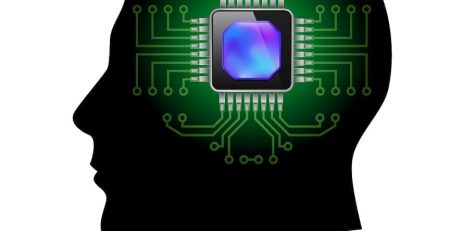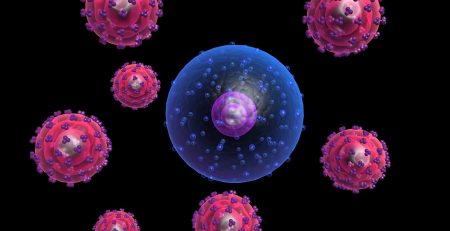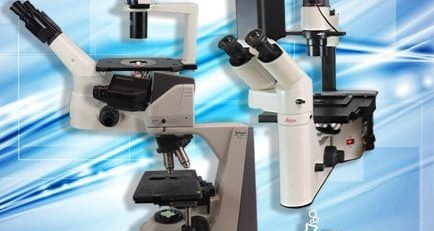Retroviruses
Two percent are actually codes for protein out of the the 3 billion base pairs in the human genome. Through our evolutionary history we have picked up retroviruses, that are hidden in large sequences of non-coding DNA that is responsible for genetic regulation. Evidence that regulation of genes in the brain, manipulating basic functions of cells because some retroviral DNA has become mixed in parts of the genome has been found. This could explain why brain cells have so many different roles, and can also affect our intelligence. This new study was headed by Johan Jakobsson of Lund university in Sweden and her team. Most of our DNA has been turned into non-coding; Roughly 5% connecting to these retroviruses. The team has discovered some endogenous retroviruses affect the regions that are for regulating transcription of neural progenitor cells.
“We have been able to observe that these viruses are activated specifically in the brain cells and have an important regulatory role,” Jakobsson said in a press release. “We believe that the role of retroviruses can contribute to explaining why brain cells in particular are so dynamic and multifaceted in their function. It may also be the case that the viruses’ more or less complex functions in various species can help us to understand why we are so different. I believe that this can lead to new, exciting studies on the diseases of the brain. Currently, when we look for genetic factors linked to various diseases, we usually look for the genes we are familiar with, which make up a mere two per cent of the genome,” Jakobsson explained. “Now we are opening up the possibility of looking at a much larger part of the genetic material which was previously considered unimportant. The image of the brain becomes more complex, but the area in which to search for errors linked to diseases with a genetic component, such as neurodegenerative diseases, psychiatric illness and brain tumors, also increases.”














